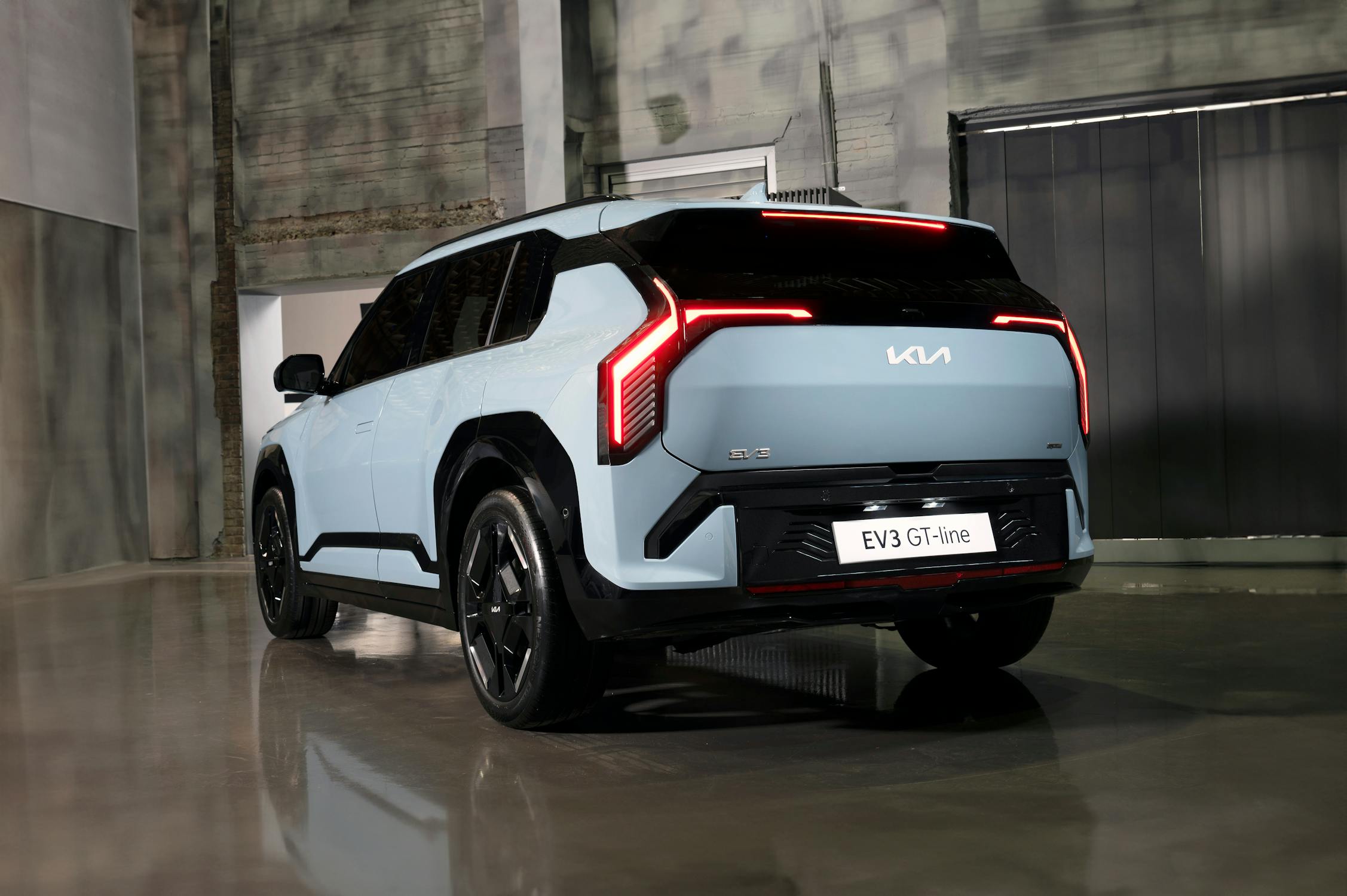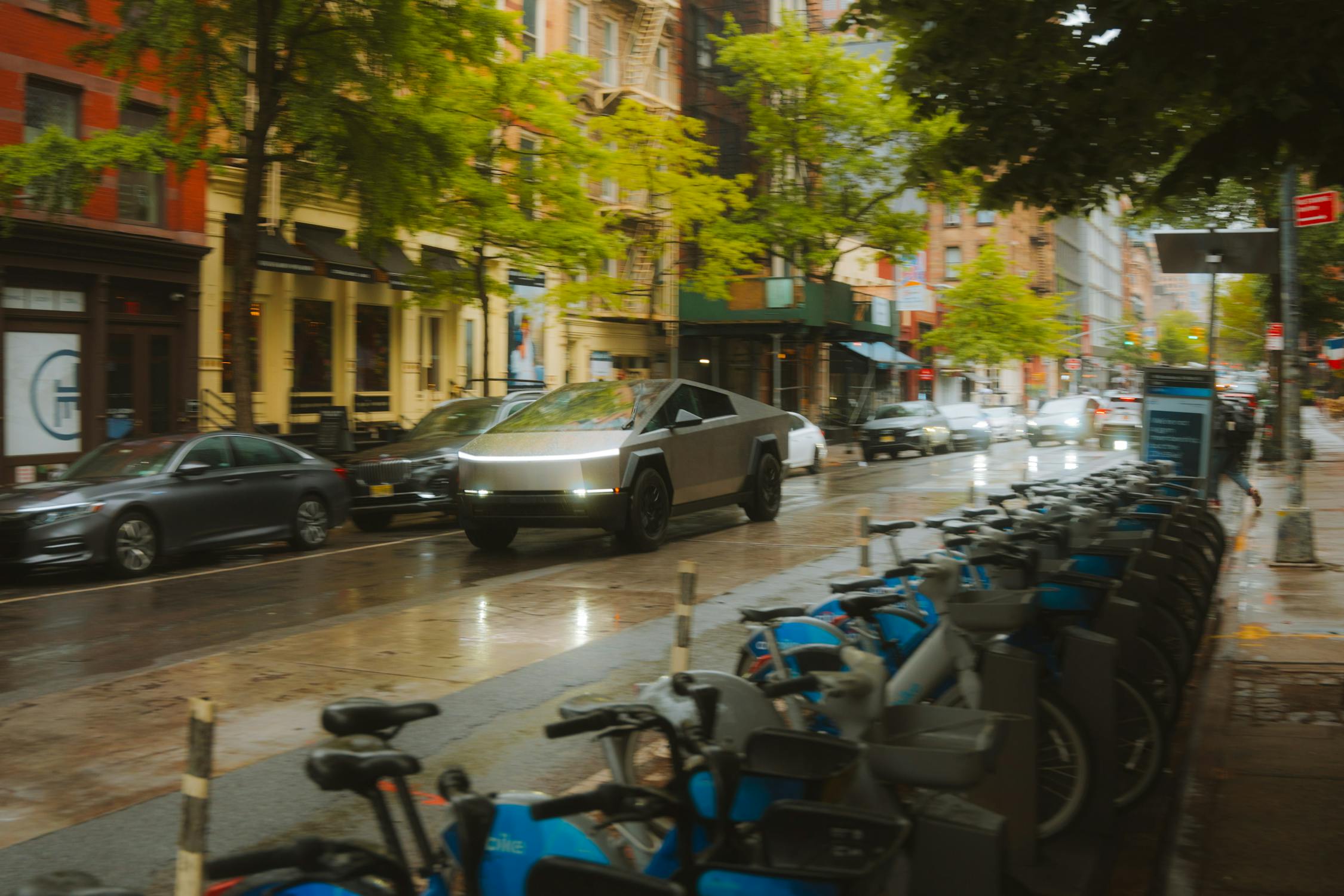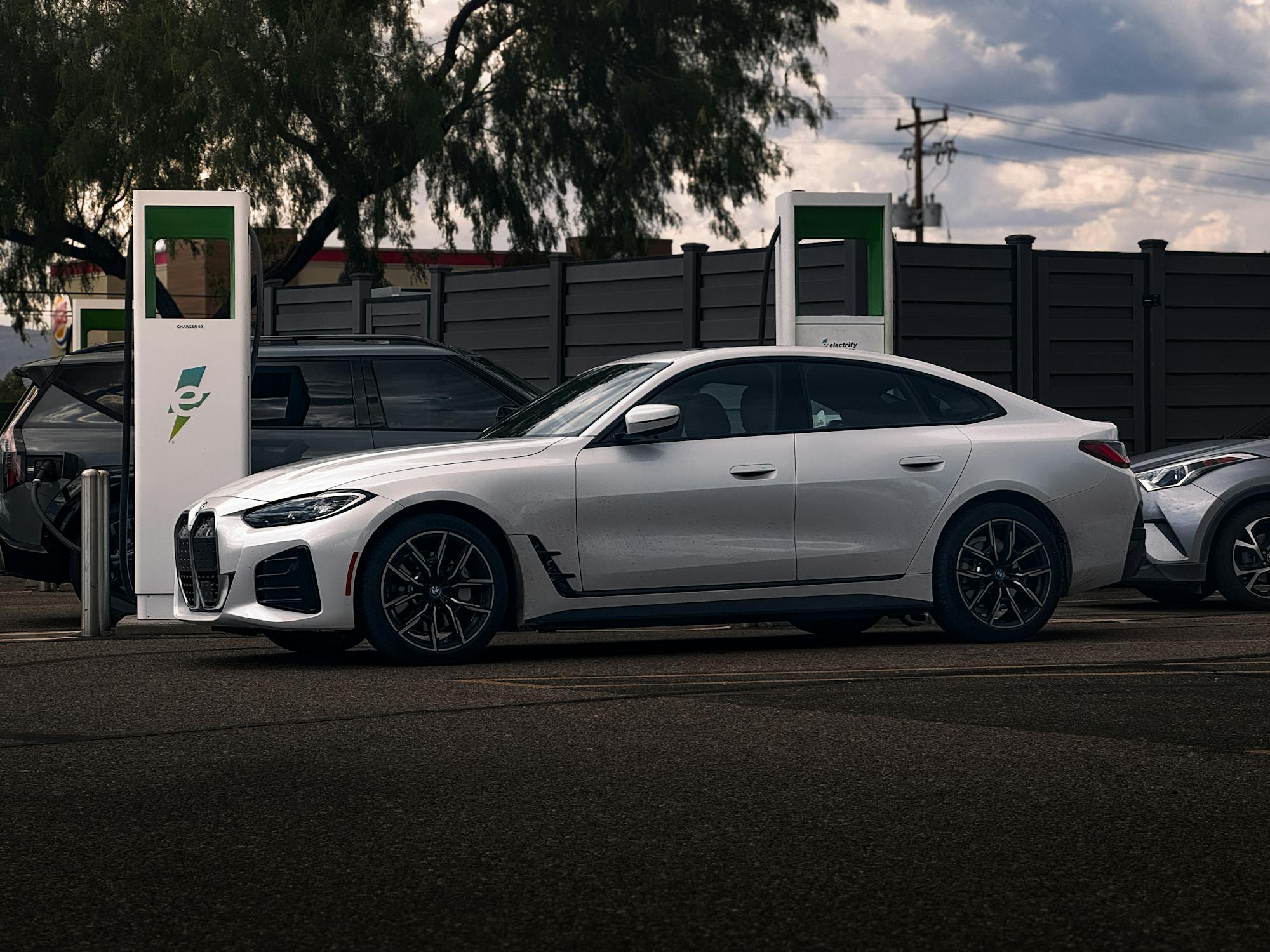The movement to phase out gas powered cars is gaining momentum as more states adopt California’s ambitious Advanced Clean Cars II regulations. This push aligns with the federal goal of reducing carbon emissions and transitioning to a cleaner, greener future. However, despite these efforts, many Americans remain attached to their gas-powered vehicles, citing affordability, infrastructure, and personal preference as key barriers to going electric.
Below, we explore the 12 states leading the charge to ban gas powered cars and what their plans mean for drivers.
California Leads the Way

California has been a trailblazer in adopting laws to combat emissions. The state plans to ban the sale of new gas-powered cars by 2035 under the Advanced Clean Cars II rule. The first milestone kicks in by 2026, with 35% of all new cars and light trucks required to be zero-emission. This percentage rises to 68% by 2030 and reaches 100% by 2035. California’s influence is undeniable, as other states look to replicate its efforts. However, many Californians still voice concerns about EV affordability and charging infrastructure.
New York’s Balanced Transition

New York has joined the movement with a law aiming to ban gas-powered vehicles by 2035. Starting with a manageable goal of 35% zero-emission vehicle sales by 2026, New York plans to steadily increase this percentage over time. By taking a step-by-step approach, the state hopes to give residents and businesses enough time to adjust to the transition. Still, many New Yorkers wonder whether the plans will address practical issues, such as the costs of EVs and charging availability.
Washington Goes Bold

Washington is another state committing to California’s clean car standards, with a goal of banning new gas-powered car sales by 2035. Dealers will only be allowed to sell electric vehicles, plug-in hybrids, or hydrogen fuel cell vehicles. Washington’s leadership takes it further, targeting a quicker transition by striving for full electrification of new vehicle sales by 2030. However, these ambitions raise questions about whether supply chains and infrastructure can scale fast enough.
Massachusetts’s Trigger Law

Unique to Massachusetts is its trigger law, which automatically adopts any emissions policies implemented by California. Massachusetts is also working toward a net-zero emissions goal by 2050, with plans to electrify 300,000 vehicles by 2025 and 900,000 by 2030. This aggressive timeline reflects high aspirations, but many are skeptical about whether consumer demand can align with these targets, particularly if EV prices remain high.
Oregon’s Green Push

Oregon aims to phase out gas powered cars by 2035. The Oregon Environmental Quality Commission voted to adopt California’s clean car standards in December 2022, with incremental goals that include 35% of new car sales being zero-emission by 2026. While Oregon residents appreciate its reputation for environmental consciousness, affordability and EV range in the rural parts of the state remain challenges.
New Jersey’s Strategic Plan

New Jersey is following suit with a target for 43% of new light-duty vehicles to be electric by 2027, ultimately banning gas-powered car sales by 2035. These ambitious figures aim to combat emissions and make the state a leader in sustainable transportation. Still, for an area known for dense suburbs and commuters, equitable access to EVs is a pressing issue.
Vermont’s Vision

Vermont plans to require all new cars sold in the state to be zero-emission by 2030. Starting in 2026, 35% of new vehicle sales must be electric. Vermont’s small size and forward-thinking policies ideally position it for an accelerated transition. Yet, residents are asking for clearer plans to develop charging infrastructure in rural areas, a need that can’t be ignored.
Maryland Ramps Up Efforts

Maryland announced in March 2023 that it would adopt the Advanced Clean Cars II regulations, targeting 300,000 registered electric vehicles by 2035. Maryland’s goals align with its broader green initiatives, but concerns remain about the upfront costs of EVs. To encourage adoption, Maryland plans to introduce incentives and expand charging access across the state.
Rhode Island Meets the Mark

Rhode Island joined the movement in May 2023 when it implemented regulations requiring all new car sales to be zero-emission vehicles by 2035. The state intends to start small, with a benchmark of 35% zero-emission cars by 2026. While Rhode Island residents generally support green initiatives, they point out the lack of infrastructure for EVs in smaller towns as a challenge to widespread adoption.
Delaware’s Forward-Looking Strategy

Like other states, Delaware has adopted California’s rules starting with a small rollout in 2027. Delaware ultimately aims for 80% of new car sales to be either electric or hybrid models by 2032, leading to a complete ban on new gas-powered cars by 2035. However, as one of the smaller states with limited resources for infrastructure, Delaware faces hurdles in achieving its vision.
Oregon’s Neighbor Connecticut Hesitates

Though not officially part of our list, it’s worth mentioning Connecticut. The state initially floated the idea of banning gas-powered car sales by 2035, mirroring similar legislation in other states. However, due to significant pushback from lawmakers and the public, the plans were shelved for now. Connecticut demonstrates how public opinion can heavily influence legislation, particularly in states reliant on gas-powered vehicles.
Pennsylvania Inches Forward

Pennsylvania has committed to adopting California’s Advanced Clean Cars II regulations but has not yet set a timeline for enforcing a gas-powered car ban. Discussions are ongoing, and while many Pennsylvanians support clean energy, the practicality of switching to electric vehicles in a state with such diverse rural and urban areas complicates matters. Stakeholders are urging policymakers to move thoughtfully.
What These Policies Mean for Drivers

The plans to phase out gas powered cars signal important shifts in environmental and transportation policy. While the intentions aim to tackle climate change, they also highlight friction between government ambitions and public readiness. Affordability, infrastructure, and cultural attachment to gas-powered vehicles remain significant hurdles.
For businesses and drivers alike, these bans provide an opportunity to influence how the transition unfolds. Advocating for incentives and infrastructure investments could bridge the gap between policy and reality. One thing is clear: the road to fully electric vehicle adoption will involve collaboration and compromise.
This article was created with AI assistance and edited by a human for accuracy and clarity.

